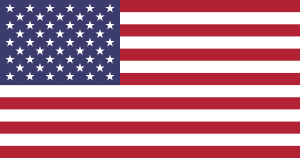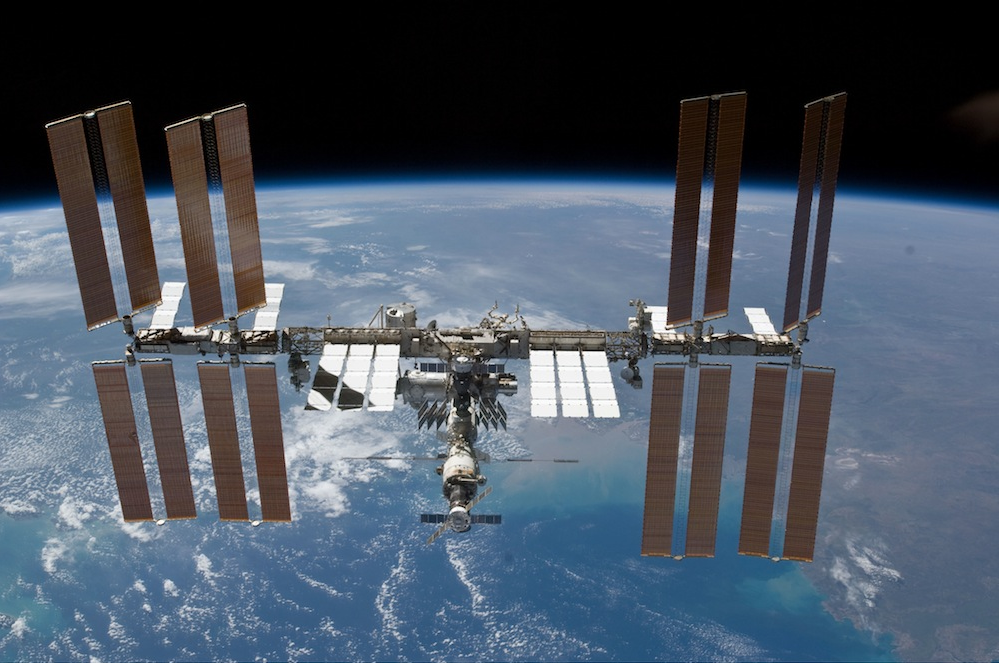

The National Center for Earth and Space Science Education (NCESSE), and its international arm, the Arthur C. Clarke Institute for Space Education, are honored to announce the start of program operations for Student Spaceflight Experiments Program (SSEP) Mission 11 to the International Space Station (ISS) – the thirteenth SSEP flight opportunity since program inception in 2010. Mission 11 to ISS officially began on September 6, 2016, and we are proud to welcome aboard the 21 communities listed below.
Each participating community submitted a formal Implementation Plan that demonstrated how SSEP would address their community’s strategic needs in STEM education, and detailed a real world plan for how a Local Team of educators would engage typically hundreds of students in real microgravity experiment design and proposal writing. Based on the Implementation Plans, the 21 Mission 11 communities combined will engage 13,500 grade 4-16 students in experiment design, and expect 2,500 flight experiment proposals to be received from student teams. A 2-step formal proposal review process, culminating with the SSEP National Step 2 Review Board meeting in December 2016 at the Smithsonian National Air and Space Museum in Washington, DC, will select one flight experiment for each community.
Of special note–
- two of the Mission 11 communities are undergraduate efforts: i) the University System of Maryland, involving both University of Maryland College Park, and University of Maryland Baltimore County campuses, and ii) Stockton University in Galloway, New Jersey, part of the New Jersey State system of higher education.
- two communities in Canada: Coquitlam, British Columbia; and Stonewall Manitoba
- with Mission 11, Fitchburg, Massachusetts, is starting their eighth SSEP Mission
The 21 flight experiments for Mission 11 to ISS will be selected by December 15, 2016, with a projected launch as the SSEP America payload of experiments (named for the Apollo 17 Command Module) in late Spring 2017.
Mission 11 Communities – Welcome Aboard!
1. Coquitlam, British Columbia, Canada
Coquitlam School District (43)
2. Stonewall, Manitoba, Canada
(SSEP RETURNING COMMUNITY)
Ecole Stonewall Centennial School
Interlake School Division
3. iLEAD Consortium (spans LA and Ventura Counties), CA
(SSEP RETURNING COMMUNITY)
iLEAD Schools
4. North Hollywood, CA
Oakwood Secondary School
Oakwood Elementary School
5. Santa Monica, CA
(SSEP RETURNING COMMUNITY)
Lincoln Middle School
Santa Monica Malibu Unified School District
6. Vista, CA
(SSEP RETURNING COMMUNITY)
North County Professional Development Federation
7. Bridgeport, CT
Fairchild Wheeler Interdistrict Campus
Discovery Museum and Planetarium
Discovery Interdistrict Magnet School
University of Bridgeport
8. East Hartford, CT
Two Rivers Magnet Middle School
CREC Schools of Excellence
Capitol Region Education Council District
9. Hillsborough County, FL
(SSEP RETURNING COMMUNITY)
Hillsborough County Public Schools
10. University System of Maryland (USM), MD
(SSEP RETURNING COMMUNITY)
University of Maryland College Park
University of Maryland Baltimore County
11. Fitchburg, MA
(SSEP RETURNING COMMUNITY)
Montachusett Regional Vocational Technical School
12. Galloway, NJ
Stockton University
13. Springfield , NJ
(SSEP RETURNING COMMUNITY)
Springfield Public Schools
14. Waterford, NJ
Waterford Elementary School
Waterford Township School District
15. Rochester, NY
(SSEP RETURNING COMMUNITY)
East Upper and Lower School
Rochester City School District
16. Concord, NC
JN Fries Magnet Middle School
17. Knox County, TN
(SSEP RETURNING COMMUNITY)
Knox County Public School System
18. Burleson, TX
(SSEP RETURNING COMMUNITY)
Burleson Independent School District
19. Lewisville, TX
iSchool High STEM Academy of Lewisville
20. Pharr, TX
(SSEP RETURNING COMMUNITY)
Thomas Jefferson TSTEM Early College High School
Pharr-San Juan-Alamo Independent School District
21. San Antonio, TX
(SSEP RETURNING COMMUNITY)
Southside Independent School District
SSEP Flight Operations Update–
We now have a record four Missions in various stages of their flight lifecycle, SSEP Mission 8, 9, 10, and 11 to ISS –
The SSEP Mission 8 Kitty Hawk payload of 15 experiments launch on SpaceX-9 from Cape Canaveral Air Force Station, FL, adjoining NASA’s Kennedy Space Center at 12:45 am ET, July 18, 2016. Kitty Hawk returned to Earth on SpaceX-9 August 26, 2016, splashing down in the Pacific off the California coast at 11:47 am ET.
Relevant pages to explore:
Mission 8 Communities and Local Partners
Mission 8 In the News
Mission 8 Selected Flight Experiments
Mission 8 Mission Patches Selected for Flight
The SSEP Mission 9 Endeavor payload of 21 experiments were selected in December 2015, and are now manifested for flight on SpaceX-10 with an estimated launch from the Cape NET (No Earlier Than) November 2016.
Relevant pages to explore:
Mission 9 Communities and Local Partners
Mission 9 In the News
Mission 9 Selected Flight Experiments
Mission 9 Mission Patches Selected for Flight
The SSEP Mission 10 Casper payload of 11 experiments were selected in May 2016, and are now manifested for flight on SpaceX-11 with an estimated launch from the Cape NET (No Earlier Than) February 2017.
Mission 10 Communities and Local Partners
To all the teachers, thousands of students, and stakeholder organizations across the 21 Mission 11 communities – welcome aboard America’s and Canada’s Space Programs.
SSEP – real spaceflight all the time
A Word About the Program’s Real World Learning Objectives–
SSEP is designed to empower the student as scientist, and within the real-world context of science that is far more than exploration through inquiry. SSEP allows student teams to design an experiment like scientists, with real constraints imposed by the experimental apparatus, current knowledge, and the environment in which the experiment will be conducted; it allows students to propose for a real flight opportunity like professional scientists, bringing critical written communications skills to bear; it allows students to experience a real 2-step science proposal review process; it allows students to go through a real flight safety review like professional researchers; and it provides students their own science conference, where they are immersed in their community of researchers, communicating their thoughts, ideas, and experimental results to their peers. Science is more than a way of thinking and interacting with the natural world. Science is more than a book of knowledge. Science is also a complex social landscape filled with challenges, and the need for multi-faceted and successful communication with ones peers. SSEP is about introducing real science to our next generation of scientists and engineers.
The Student Spaceflight Experiments Program (SSEP) is a program of the National Center for Earth and Space Science Education (NCESSE) in the U.S., and the Arthur C. Clarke Institute for Space Education internationally. It is enabled through a strategic partnership with NanoRacks LLC, working with NASA under a Space Act Agreement as part of the utilization of the International Space Station as a National Laboratory. SSEP is the first pre-college STEM education program that is both a U.S. national initiative and implemented as an on-orbit commercial space venture.
The Smithsonian National Air and Space Museum, Center for the Advancement of Science in Space (CASIS), and Subaru of America, Inc., are U.S. National Partners on the Student Spaceflight Experiments Program. Magellan Aerospace is a Canadian National Partner on the Student Spaceflight Experiments Program.


Comments are closed.